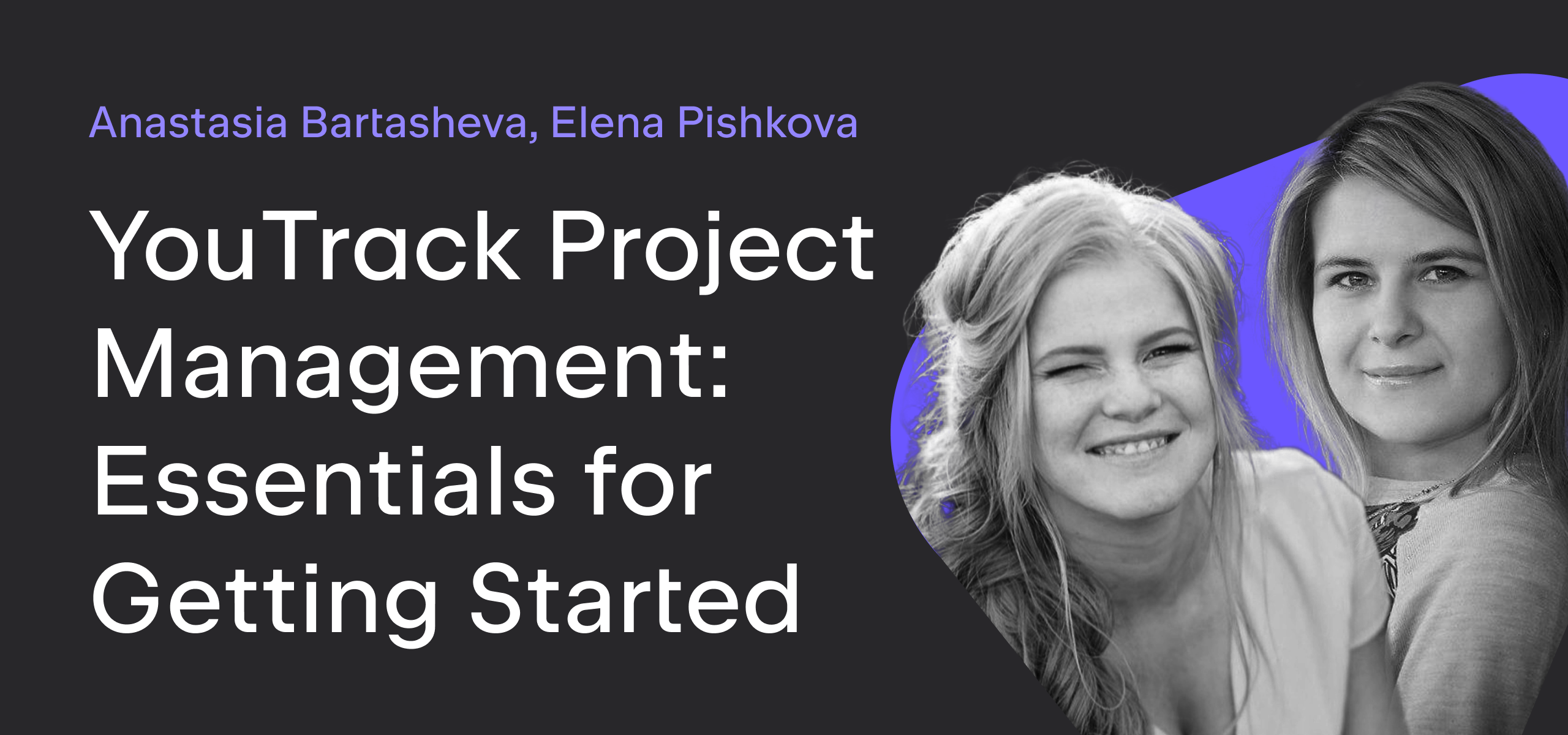YouTrack
Powerful project management for all your teams
Our Sprint Retrospective
You’ve made it to our last episode in the How We Scrum series. In this installment, I’ll walk you through our sprint retrospective. To catch up on older posts in this series, check out the Introduction, Our Scrum Roles, Our Backlog, Our Approach to Estimation, Our Sprint Planning, The Sprint, and Our Sprint Demo Session.
We consider the Sprint Retrospective to be a very important part our Scrum process. The Sprint Retrospective happens at the end of each sprint, normally on Friday, after the Sprint Demo. This one-hour session helps us to get both positive and negative feedback from the team about the past sprint. By collecting, prioritizing, and discussing feedback from each member of team, we continue with activities that have a positive impact and eliminate negative behaviors.
One day before the Sprint Retrospective, our Scrum Master sends a form to collect the following feedback from each member of the team:
- Two things you liked about this sprint.
- Two things you didn’t like about this sprint.
- Two suggestions for improving our process going forward.
Everyone who wants to share feedback fills in the form at least 15 minutes before the Sprint Retrospective. The Scrum Master tries to combine feedback from different members of the team if it looks similar or related. When done, the Scrum Master prints the answers and pins them to a physical board, grouping them by pluses, minuses and suggestions.

The whole team gets together and cast votes in support of each piece of feedback. Depending on the number of answers and people attending, each team member can cast two to four votes. Normally, everyone gets three votes.
We combine the total number of votes cast in both St.Petersburg and Munich. When the voting is over, the Scrum Master calculates the totals and ranks the feedback from the most voted to the least voted.

Starting with the piece of feedback that received the most votes, we discuss each item as a team. The Product Owner normally moderates the discussion, so it doesn’t take too long and stays focused. When all the opinions are shared, the Scrum Master summarizes the action items we need to take in the next sprint in order to keep what’s working well (for positive feedback) or resolve the issue (for negative feedback).

The Sprint Retrospective is over when all of the items (or items that received at least two votes) are discussed. Afterwards, the Scrum Master adds the action items to the Retrospective page and shares it with the team. This helps the team stay focused on these action items during the next sprint and lets anyone who missed the Sprint Retrospective stay up to date.
Conclusion
That was a pretty long story about How we Scrum inside the YouTrack team. I hope you found something to borrow and practice in your team, or just saw something that sparked your imagination and helped you reinvent your process. However, the main idea of the whole series is to share our experience. We believe that the key to a successful development process is not in following any strict guidelines and methodologies, but rather in adopting good practices to our specific needs and goals. Be agile in your own way!






